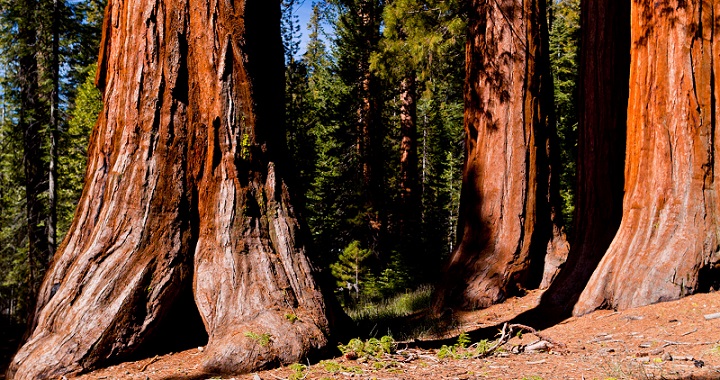Podcast: Play in new window

BOB HIRSHON (host):
Life-giving dust. I’m Bob Hirshon and this is Science Update.
California’s Sierra Nevada mountains are made of rock that’s low in phosphorus and other nutrients. UC, Riverside researcher Emma Aronson and her colleagues wondered how such poor soil could support such rich plant life, including giant sequoia trees.
EMMA ARONSON (University of California, Riverside):
We find these monstrous trees, really long lived, and over time they use a lot of nutrients. And so it’s been sort of hard to understand how they could grow there given that there’s so little nutrients.
HIRSHON:
In the journal Nature Communications, they report finding the answer: a steady influx of high-nutrient dust. And trace elements in the dust reveal that much of it is blowing in all the way from China’s Gobi Desert. Aronson says this high flying fertilizer is an important new factor to consider as we try to predict changes in earth’s forests in the wake of climate change. I’m Bob Hirshon, for AAAS, the science society.
Story by Bob Hirshon
